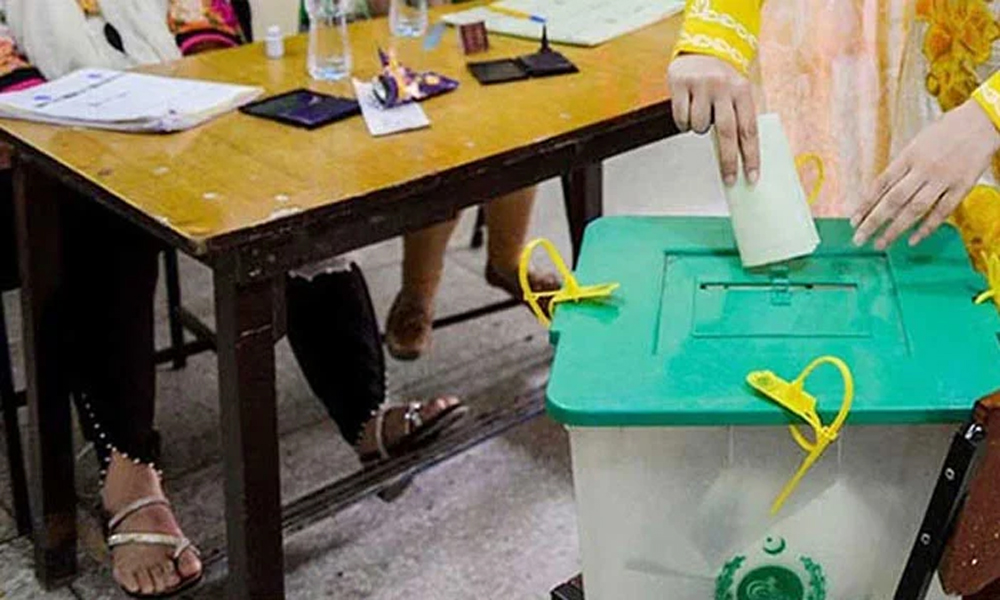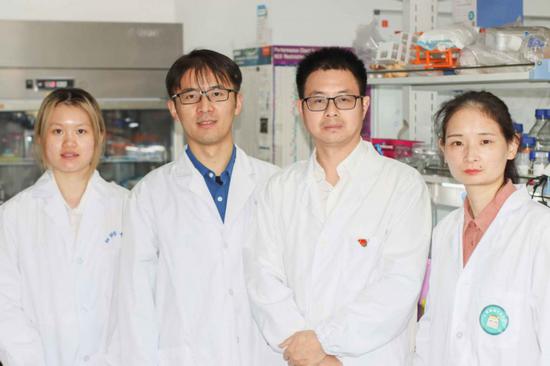
A set of headphones with an integrated Powerfoyle solar cell that removes the need for batteries In a previous article , I wrote that if you were to start a solar business, the Nordic region would not be the obvious choice, and yet the challenges of doing so have created a thriving sector. But there is one place that’s even less obviously suited to solar power – indoors. But that is where another Scandinavian solar company’s products come into their own, providing solar power without sunlight.
Exeger , based in Stockholm, Sweden, makes solar cells that can transform any kind of light, including from the lights inside a room, into electrical power. Power without batteries When you think of solar power, it brings to mind panels on rooftops or in large-scale solar farms, so it might not be immediately obvious how you would use solar cells indoors, but Exeger has come up with a host of applications for integrating solar into everyday life – and it aims to do away with the need to use billions of disposable batteries in a host of products. Research suggests that by 2025, around 78 million batteries powering connected devices will be dumped every day if nothing is done to extend their lifespan.
The cells, which are sold under the brand name Powerfoyle, cannot be bought as products in their own right but are integrated into other technologies to reduce or eliminate the need for batteries. “Our cell performs 1,000 times better than other PV (photovoltaic) cells,” says founder and CEO Giovanni Fili. “It opens up a whole new array of design options.
” The cells, which are bendable, can be found in products including wireless earbuds and headphones, speakers, TV remote controls, wireless keyboards and mice and even solar-powered hearing aids. The company has recently announced a tie-up with 3M , one of the world’s largest companies, to produce self-powered ear protectors with Powerfoyle cells enabling users to make calls without removing their headsets. Trump Rally Speaker Calls Puerto Rico ‘Floating Island Of Garbage’—Campaign Says Joke Doesn’t Reflect Trump’s Views MacBook Pro Release Date Latest: Apple’s Ambitious Plans Demi Moore’s Horror Thriller ‘The Substance’ New On Streaming This Week Other products Powerfoyle is integrated in include Philips headphones and remote controls, and Urbanista portable speakers and other audio products.
Battery waste could be radically reduced by the use of flexible solar panels such as Exeger's ...
[+] Powerfoyle. Driving the internet of things The cells, which are made using screen printing techniques, can also power the millions of sensors that power the internet of things, measuring everything from air quality and temperature to movement and light. Because the sensors are always powered up, they do not lose any data because batteries have run out or because of power cuts.
In addition, because there is no need for battery maintenance, it is easier to manage sensors in remote and hard-to-access locations. These devices mostly go unnoticed, but applications include Vusion’s smart digital labels for supermarkets , and transponders that facilitate automatic road toll payments, made by Kapsch TrafficCom , which estimates Powerfoyle can reduce the carbon footprint of some of its devices by up to 50% as well as extend their life. Fili first started working on the technology back in 2007, started the company in 2009 and has been working to perfect the product ever since.
The process of making Powerfoyle is in one sense very simple, he says. “ We print ink on paper.” But, he adds, “obviously it’s not normal ink and it’s not normal paper.
” Because the cells are printed, it is easy to scale up production. The company’s Stockholm HQ One of the inks comprises tin oxide nano-particles coated with light-sensitive dyes, allowing the printed cell, known as a dye-sensitised solar cell, to produce electricity. The cells can have different textures meaning they can look like leather, brushed steel, carbon fibre, fabric, and wood.
The look of the solar cell is custom made for each product. Safer workers As well as being able to make batteryless consumer electronics products, Powerfoyle creates new opportunities in areas such as compliance, Fili says. “You could have a situation where workers cannot start engines on machinery or vehicles unless they are wearing ear protectors, or where employees cannot work unless they have done the correct training.
It can be really useful in places like construction sites, airports and mines where there are a lot of safety issues.” Exeger’s vision has attracted investors including Softbank and the European Investment Bank, and it has scaled up production with the opening of a new factory, meaning it can produce up to 2.5 million square meters of Powerfoyle a year.
Exeger’s products are designed to blend in seamlessly with the devices they are powering, but pretty soon, they could be everywhere, providing power without sunlight..














